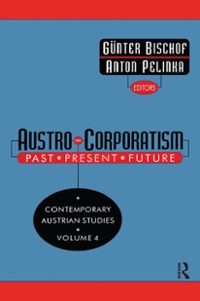Question
Take a look again at Figure 1 (originally from the page in the text titled Neoclassical and Keynesian Perspectives in the AD-AS Model.) Figure 1.
Take a look again at Figure 1 (originally from the page in the text titled "Neoclassical and Keynesian Perspectives in the AD-AS Model.")
Figure 1. Keynes, Neoclassical, and Intermediate Zones in the Aggregate Supply Curve.Near the equilibrium Ek, in the Keynesian zone at the far left of the SRAS curve, small shifts in AD, either to the right or the left, will affect the output level Yk, but will not much affect the price level. In the Keynesian zone, AD largely determines the quantity of output. Near the equilibrium En, in the neoclassical zone at the far right of the SRAS curve, small shifts in AD, either to the right or the left, will have relatively little effect on the output level Yn, but instead will have a greater effect on the price level. In the neoclassical zone, the near-vertical SRAS curve close to the level of potential GDP largely determines the quantity of output. In the intermediate zone around equilibrium Ei, movement in AD to the right will increase both the output level and the price level, while a movement in AD to the left would decrease both the output level and the price level.
Think about a minor recession, like the one that occurred in 1990.(Hint: a minor recession could be caused by a slight shift to the left in the AD curve.)
What would a Keynesian likely recommend in response to a recession? What would a neoclassical likely recommend? Why would a Keynesian policy response not make much sense in response to a minor recession like the one that occurred in 1990? What would be the cost of letting the economy adjust by itself to a new long run equilibrium?
Now think about a major recession, like the one that occurred in 1982.(Hint: a major recession could be caused by a large shift to the left in the AD curve.) Why would a Keynesian policy make more sense in response to a major recession like the one that occurred in 1982? What would be the cost of following a neoclassical policy then?
Identify an appropriate Keynesian policy response to a recession4
Identify an appropriate Neoclassical policy response to a recession
Explain the cost of doing nothing in response to a minor recession
Explain the cost of doing nothing in response to a major recession
Make a case for why a Neoclassical policy makes more sense inresponse to a minor recession while a Keynesian response makes more sense in response to a major recession
Step by Step Solution
There are 3 Steps involved in it
Step: 1

Get Instant Access to Expert-Tailored Solutions
See step-by-step solutions with expert insights and AI powered tools for academic success
Step: 2

Step: 3

Ace Your Homework with AI
Get the answers you need in no time with our AI-driven, step-by-step assistance
Get Started


